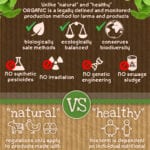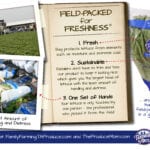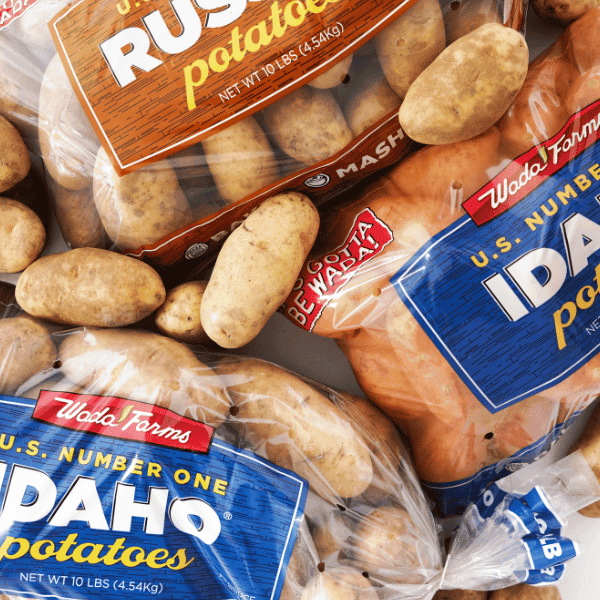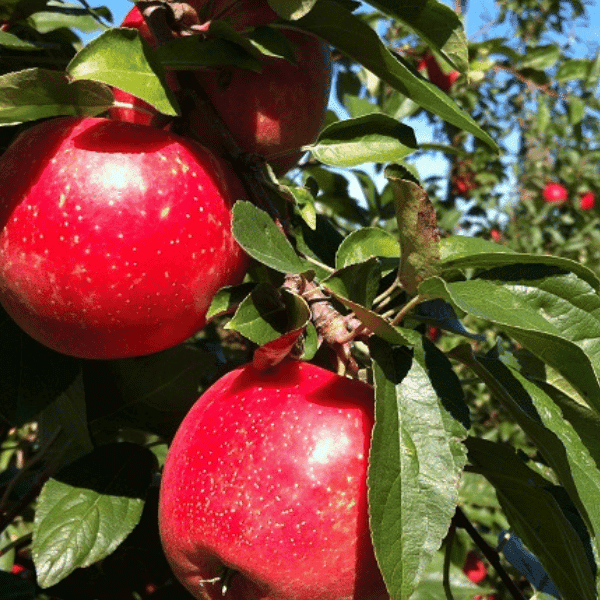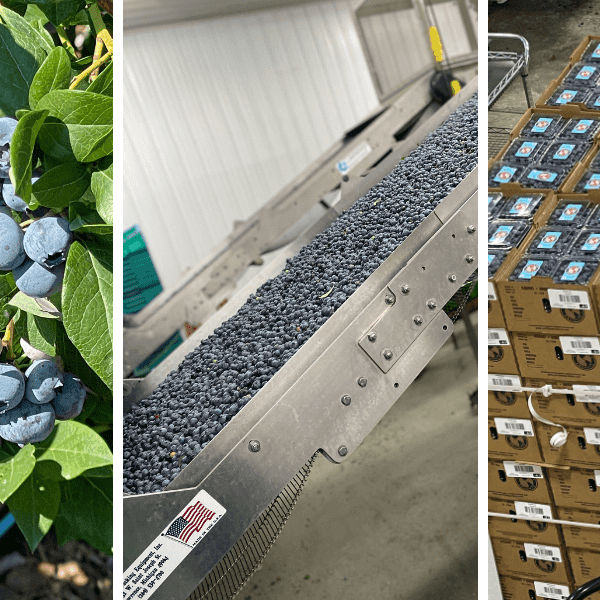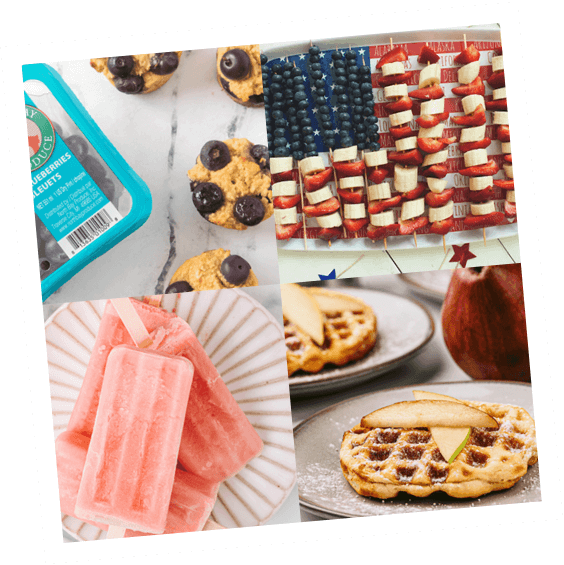Ask the Produce Expert: Core Insight into the Apple Industry
Feb 17, 2015, Updated Jul 26, 2022
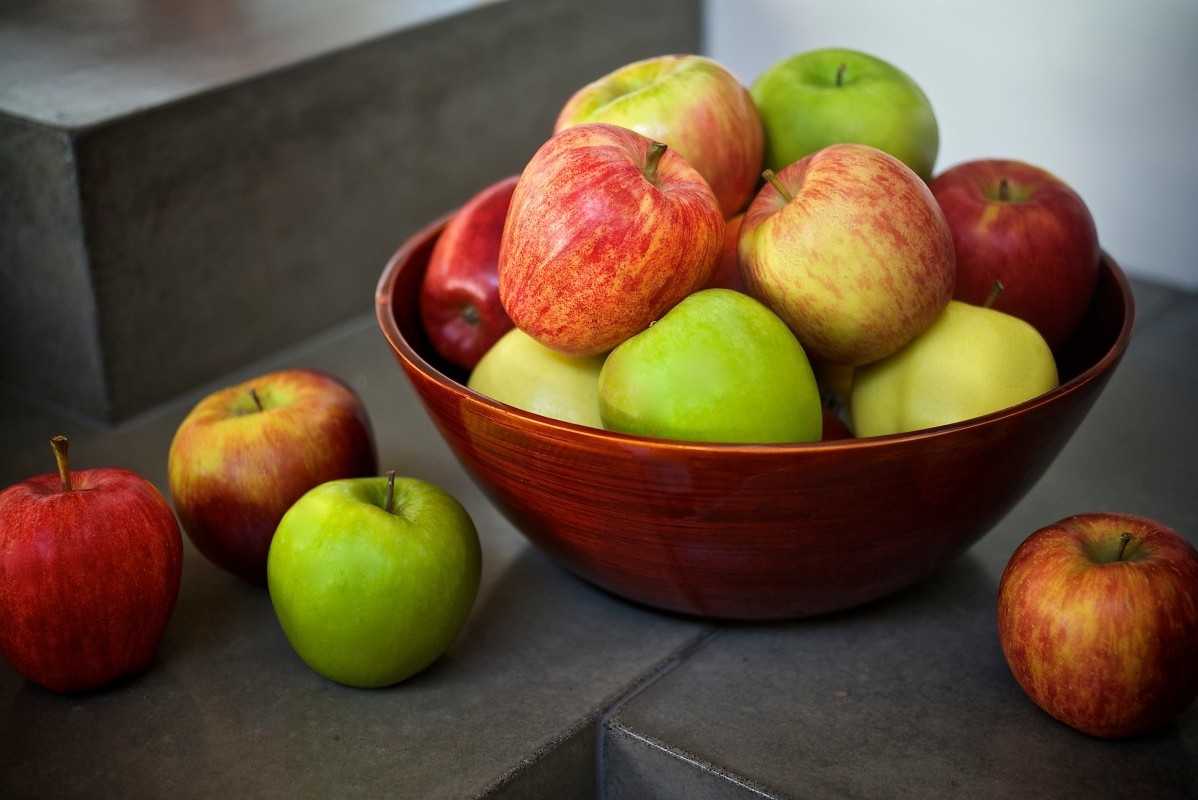
This post may contain affiliate links. Please read our disclosure policy.
Today’s Expert: U.S. Apple Association
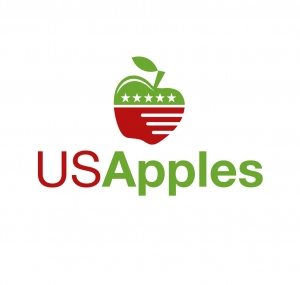
The U.S. Apple Association (USApple), a nonprofit membership association, is part of The Produce Mom’s family of partners, and they are truly experts in apples. USApple is the national voice and the national resource serving the interests of the entire American apple industry. Their sole mission is to provide to all segments of the U.S. apple industry the means to profitably produce and market apples and apple products.
USApple members include 40 state and regional apple associations representing the nation´s 7,500 apple growers, as well as more than 1,000 individual firms involved in the apple business. They were founded in 1895, and are located in Vienna, Virginia, just outside of Washington D.C. For more information on USApple, check out their blog, or feel free to follow them on Facebook, Twitter, or Pinterest!
In this edition of Ask the Produce Expert, Wendy Brannen will be the featured expert from USApple. Wendy will answer several recurring questions consumers have about apples, such as “Why are apples waxed?”, share some fun apple facts, and tell about her love for the produce industry!
Please welcome Wendy Brannen of USApple, and her informative & educational insight on apples!
Wendy Brannen is an AP-award winning journalist-turned-produce marketer. A “Georgia peach,” she grew up near Savannah, where her father and grandfather were both heavily involved in farming and the agriculture industry. After graduating from University of Georgia (Go ‘Dawgs!) and moving around the Southeast with TV news, Wendy returned to the sandy, South Georgia coastal plains to serve as executive director of the Vidalia® Onion Committee. She now lives in D.C. and loves working for USApple as director of consumer health and public relations.
Let’s dive in to the questions:
What is your favorite variety of apple, and what is your favorite apple recipe?
My favorite apple is the one I’m eating at the moment. I happily work for all of the U.S. apple growers from dozens of apple-producing states, so you know I won’t choose just one! Seriously, though, even if I could point to just one, I wouldn’t. Apples are like music. I may listen exclusively to country music for three months, then the next three months I’m on to jazz and blues. I tend to find my favorite of the moment and get stuck on it, and then eventually I pick a new favorite and will eat it incessantly!
I will give you an example of a recipe (if you want to call it that—it’s more like a quick snack) that I have been obsessed with. Whole wheat English muffin, layer of peanut butter, and very thinly-sliced Ginger Gold apples on top—pop in the toaster oven till the muffin is crisp and the apples are soft. Y. U. M. My new favorite breakfast! Ginger Gold is an early season variety, though, so Golden Delicious or another yellow apple works fine also.
What do the current supply and demand curves for apples look like in the United States?
Years ago when I first started in the produce industry, I remember attending a trade show and sampling the Ambrosia® apple. It was several years before I actually saw one for sale in my area of the country, and even now with more years passed, I have people ask me if they’re new. Similar story with Honeycrisp, which at this point has amassed a cult following. Honeycrisp has in actuality been around for more than 20 years, but it took a while for the market to work its magic and Honeycrisps to reach rock star status.
Two points with all that: First, it’s interesting being behind the scenes in the industry and seeing the slow and steady development of new consumer choices. Second, it’s exciting to see through the eyes of the public their excitement about apples. Our industry has certainly seen a resurgence in the apple category the past few years—in large part due to the popularity of Honeycrisp.
We sometimes compare the apple breeding process to grafting roses, which I think makes it clearer to understand. Our breeders will take characteristics consumers like from Honeycrisp and other popular varieties—flavor, texture, low browning, color, etc.—and pull a little of this and a little of that to create new twists on old or emerging favorites. Essentially, we glean the best attributes from the parent apples to create new varieties with their own, distinct “personalities.” Right now, there are more apple choices than ever—and really good choices, at that. I get excited myself when I walk into the produce aisles and see all the fun new names, shapes, sizes and bevy of options.
Are pesticides still a major concern for apple growers today?
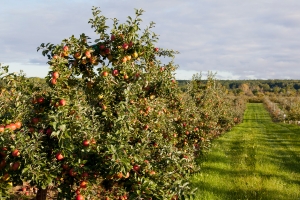
From a safety perspective are pesticides a concern? No. From a media perspective? Certainly, because there is so much misinformation out there. Whether consumers are reading what I say here or what they read on a food activist blog or on the website of the most purportedly reputable news organizations out there, we want them to always consider the source—and the sources of the source. What are the sources’ motives, credentials, methodologies…and so forth? We pride ourselves at USApple on being a conduit of accurate, science-based, non-judgmental information about pesticides or other consumer concerns.
A good example of misinformation about pesticides on produce is the annual “Dirty Dozen” report from Environmental Working Group (EWG). This list—from an activist group that involves itself in everything from sunscreen to cell phone towers—not only unnecessarily alarms people but also guilts and dissuades them from eating produce, when even EWG itself has had to admit that the proven health benefits of eating fresh produce far outweigh their claims of the potential risks from trace pesticides. Seldom do bloggers or even mainstream media question EWG’s dubious methodology and misrepresented data—or point to the scores of scientific evidence and years of government regulation that prove produce is still consistently and amazingly safe. We try to fill in those gaps when we can.
What is the difference between organic and conventional apples?
Organic and conventional apples are both great. Both are solid choices. But again, like so many things in our industry, there is a lot of misinformation circling around. Organic simply refers to the method by which something is grown, not the nutritional value of what is grown. Whether you choose organic or conventional, the real choice should be eating more produce.
What do you enjoy most about working for USApple?
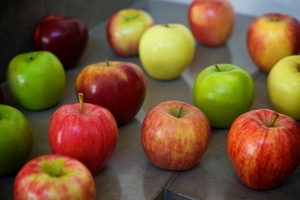
Nothing beats working for farmers. They’re just good people. You could possibly find a “bad apple” out there, but you’d have to look far and wide in my experience. They work hard, they take the utmost pride in what they do, and they appreciate what you do to help them. And, let’s face it—it’s a lot more rewarding to promote something that helps keep breast cancer, heart disease, Alzheimer’s, obesity, asthma, diabetes and other health issues at bay than it would be to promote anything else.
Lori and I have discussed before that the other beauty and joy of our industry is that it is still small enough and non-corporate enough that we, as promotors, do get to exhibit so much more artistic license and creative direction. The infrastructure of marketing communications is extremely fragmented in other industries. If I were working for Kellogg’s or Coca Cola, I would be either in public relations or in marketing…in either foodservice (restaurants and institutions) PR or consumer PR…in either foodservice marketing or consumer marketing or even retail marketing…and likely subcategories of each of those. I’d never manage a tradeshow or touch an advertising budget. I’d never have had the rewarding experience of creating copy and managing the graphic design of a display that consumers read in grocery aisles.
As it is, I can write a press release for consumer media one day and a by-lined article for a foodservice magazine the next. One month I will attend a produce trade show (and sample more new apple varieties!) and the next I’ll learn about menu trends and emerging chefs at a culinary conference. I manage social media and also work directly with our state associations and other members to provide them tools to manage theirs. I get to be the “conceptual manager” and the “account rep” who implements. Every day is truly different—and I love it!
How can we better educate our children about the importance of apples in their diet?
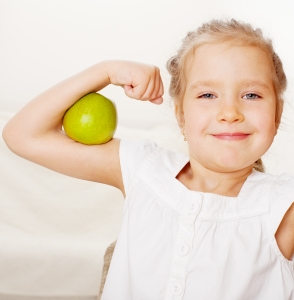
Is apple juice or applesauce a healthy alternative to apples?
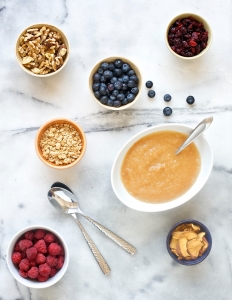
Why are apples waxed?
I love answering this question! It’s one of so many cool things I learned myself when I started in the apple industry going on two years ago. This is going to be more detail than you want, but I kind of nerd out on this answer:
If you walk into an orchard, pick an apple from the tree, and rub it on your shirt, you’ll notice that it shines. What you’ve done is polish the natural wax that an apple produces to protect its high water content. Without wax, fruits and veggies like apples lose crispness and moisture and eventually become mushy and dry.
After harvest, apples are washed and brushed to remove leaves and dirt. That cleaning process removes the fruit´s original wax coating, so to protect the fruit apple packers—the guys who pack up and ship apples to the stores—typically reapply a commercial grade wax. One pound of wax can cover as many as 160,000 pieces of fruit; two drops is about the most wax ever covering one apple.
Waxes have actually been used on fruits and vegetables since the 1920s. They’re made from natural ingredients and certified by the U.S. Food and Drug Administration (FDA) as safe to eat. They come from natural sources including carnauba wax from the leaves of a Brazilian palm; candelilla wax, derived from reed−like desert plants; and food−grade shellac, which comes from a secretion of the lac bug found in India and Pakistan. These waxes are also approved for use as food additives for candy and pastries. (Now you know why chocolate bars melt in your mouth but not in your hands…)
That concludes the 3rd edition of our Ask the Produce Expert series! A big thank you to Wendy Brannen for sharing your apple facts & knowledge, and being part of The Produce Mom Family!
Since this is the 3rd edition, there must be two others, right?! Well, here they are! Check ’em out 🙂
“Organic vs. Natural “Picking & Packaging
vs. Healthy” by: Viva Field Fresh Lettuce”
Tierra Organic by: Tanimura & Antle
I learned so much… I cannot wait for our next Ask the Produce Expert blog! What questions do YOU want answered?
#FreshProduce rules – thank you for serving fruits & veggies to your family!!!
xoxo Produce Mom
